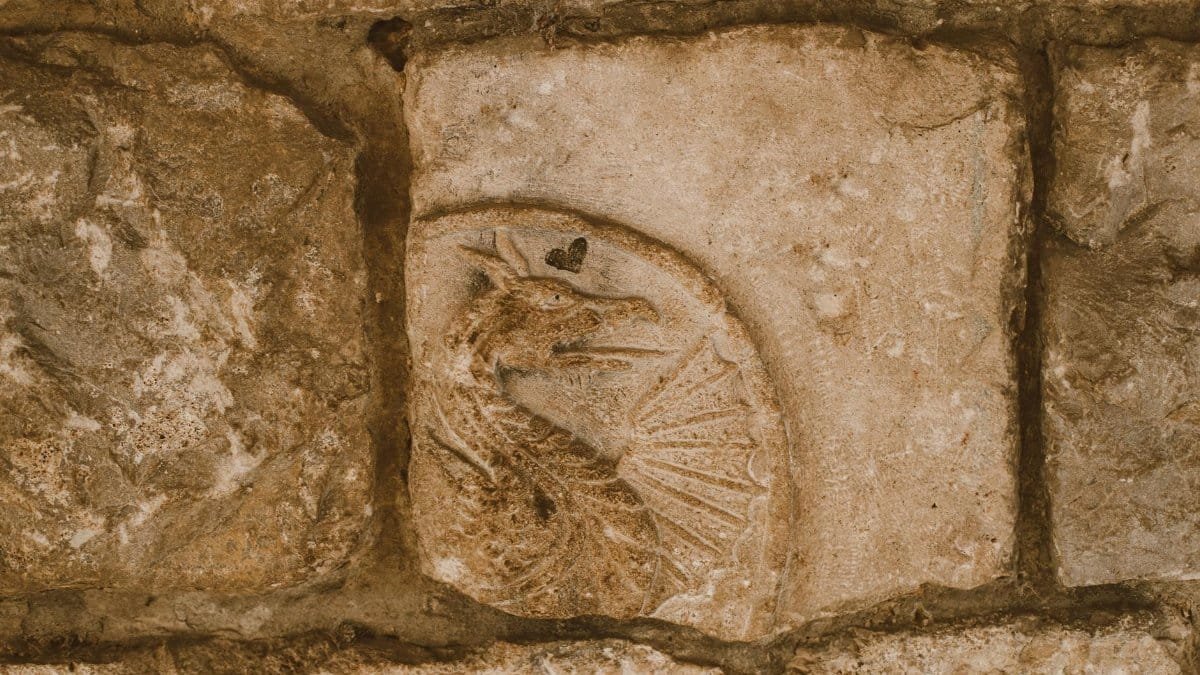Is ancient folklore remedies just old wives’ tales, or do they hold real power? Modern science is now backing some of these age-old practices, with studies confirming their benefits for health and wellness. From herbal concoctions to ritual-based healing, what was once dismissed as superstition is gaining credibility in labs and clinics across the U.S. in 2025. Here are 12 remedies from folklore that researchers have validated, proving that sometimes, the past holds the key to modern solutions.
1. Turmeric for Inflammation
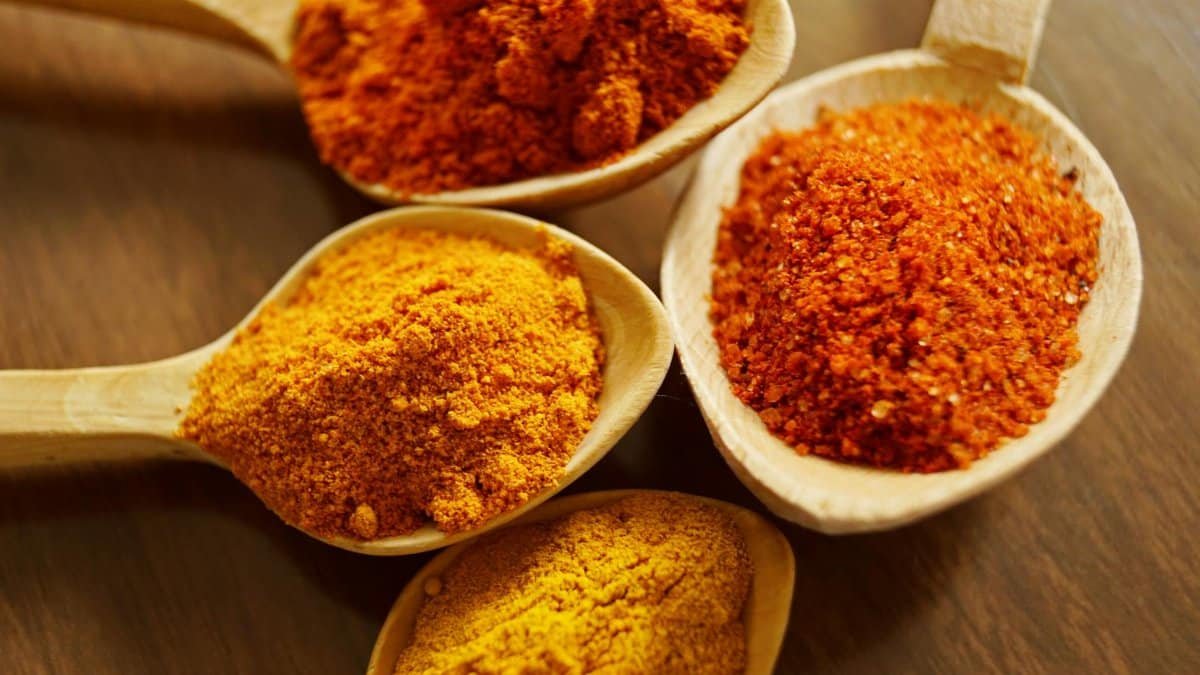
Used in Indian folklore for centuries, turmeric’s active compound, curcumin, is now recognized for its anti-inflammatory properties. A 2020 study from the University of California, Los Angeles, found curcumin can rival some over-the-counter pain relievers. You’ll find it in teas, soups, or supplements today.UCLA Health details the research behind this golden spice’s rise.
2. Ginger for Nausea
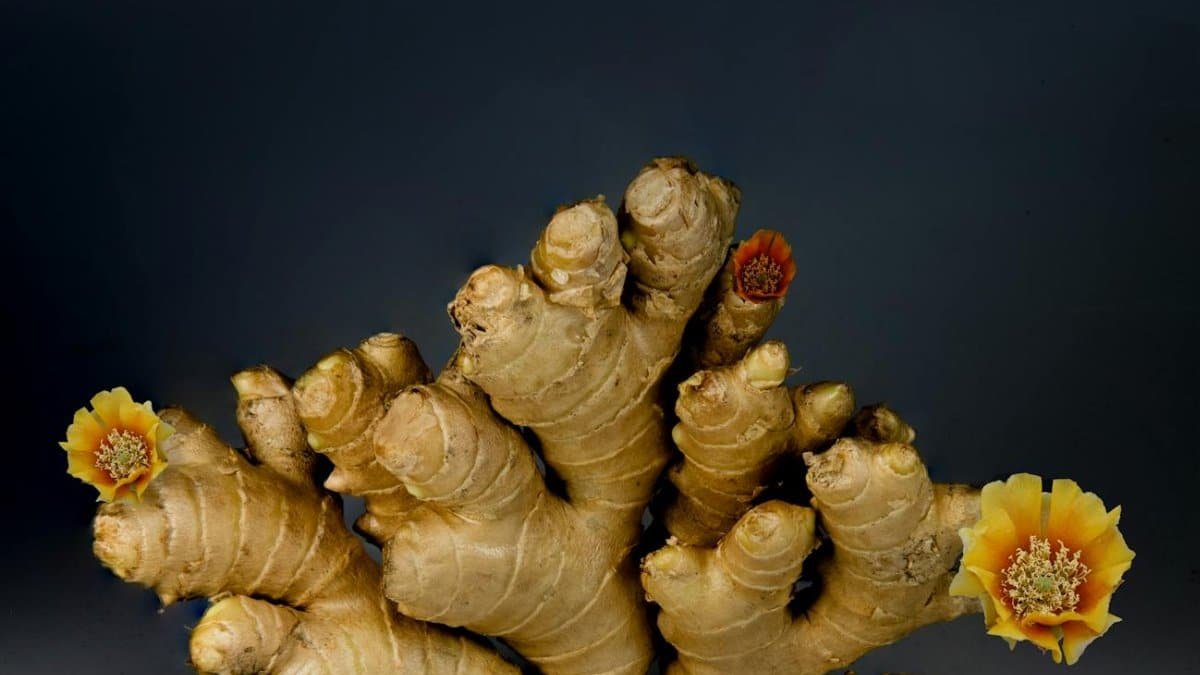
Ancient Chinese sailors chewed ginger root to combat seasickness. Now, science agrees it works. Research published by the National Institutes of Health shows ginger reduces nausea, especially during pregnancy or chemotherapy. It’s a simple, natural fix with no side effects for most. Check the study at NIH.
3. Honey for Wound Healing

Egyptian folklore used honey to dress wounds thousands of years ago. Modern studies confirm its antibacterial properties, with hospitals even using medical-grade honey for burns. It’s a sticky but effective remedy straight from nature’s pharmacy.
4. Garlic for Immune Support
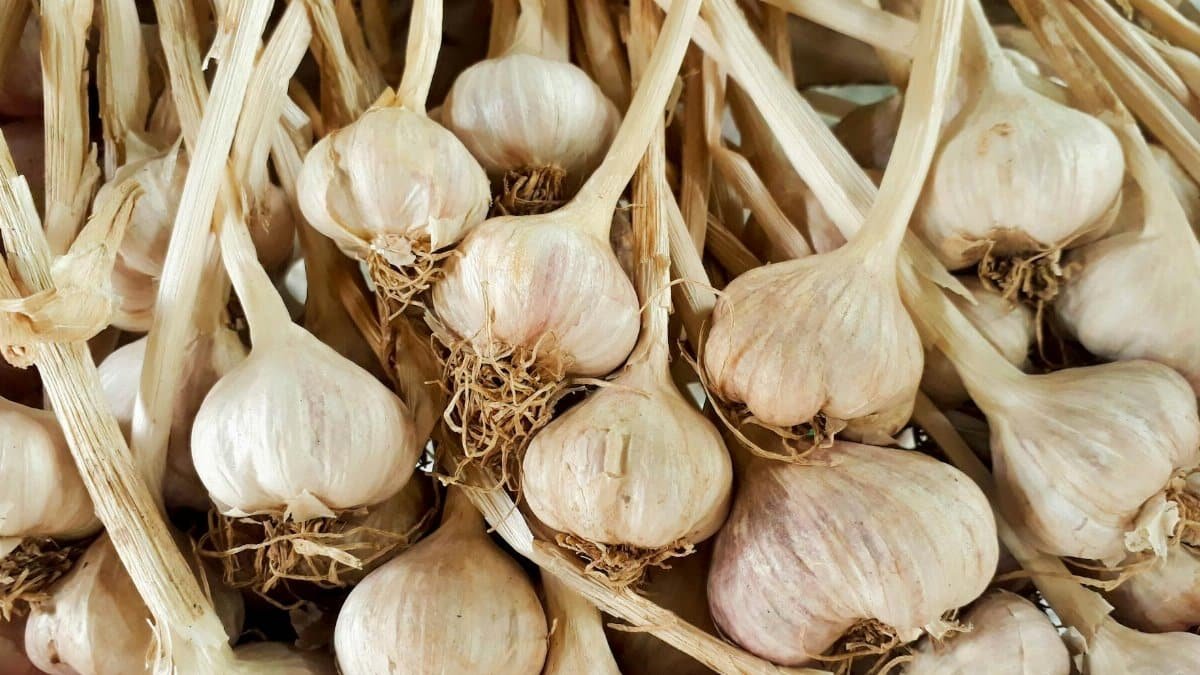
European folklore swore by garlic to ward off illness—and vampires. Science now supports its immune-boosting effects, thanks to allicin, a compound with antimicrobial power. Regular intake can cut cold frequency, per recent clinical trials.
5. Willow Bark for Pain Relief

Native American tribes chewed willow bark for pain. It’s the original source of aspirin, with salicin converting to salicylic acid in the body. Today, it’s studied for headaches and arthritis relief, bridging ancient wisdom with modern pharmacology.
6. Peppermint for Digestive Issues

Ancient Greeks used peppermint leaves for stomach woes. Now, research backs its ability to ease irritable bowel syndrome symptoms. Peppermint oil capsules or tea can relax gut muscles, offering quick relief without drugs.
7. Chamomile for Sleep

European folklore touted chamomile tea as a sleep aid. Studies now show its compound apigenin binds to brain receptors, promoting relaxation. It’s a go-to for insomnia sufferers in 2025, backed by science over superstition.
8. Echinacea for Colds

Native American healers used echinacea to fight infections. Recent reviews suggest it can shorten cold duration by stimulating immune response. While not a cure-all, it’s a folklore remedy with growing clinical support.
9. Aloe Vera for Burns

Ancient Egyptians called aloe the “plant of immortality” for skin healing. Science confirms its gel soothes minor burns and cuts by reducing inflammation. It’s a household staple today, straight from historical texts to modern first aid kits.
10. Elderberry for Flu Symptoms

European folklore relied on elderberry syrup for respiratory ailments. Studies indicate it can reduce flu symptom severity by blocking viral replication. It’s a popular natural option during flu season across the U.S.
11. Licorice Root for Sore Throats
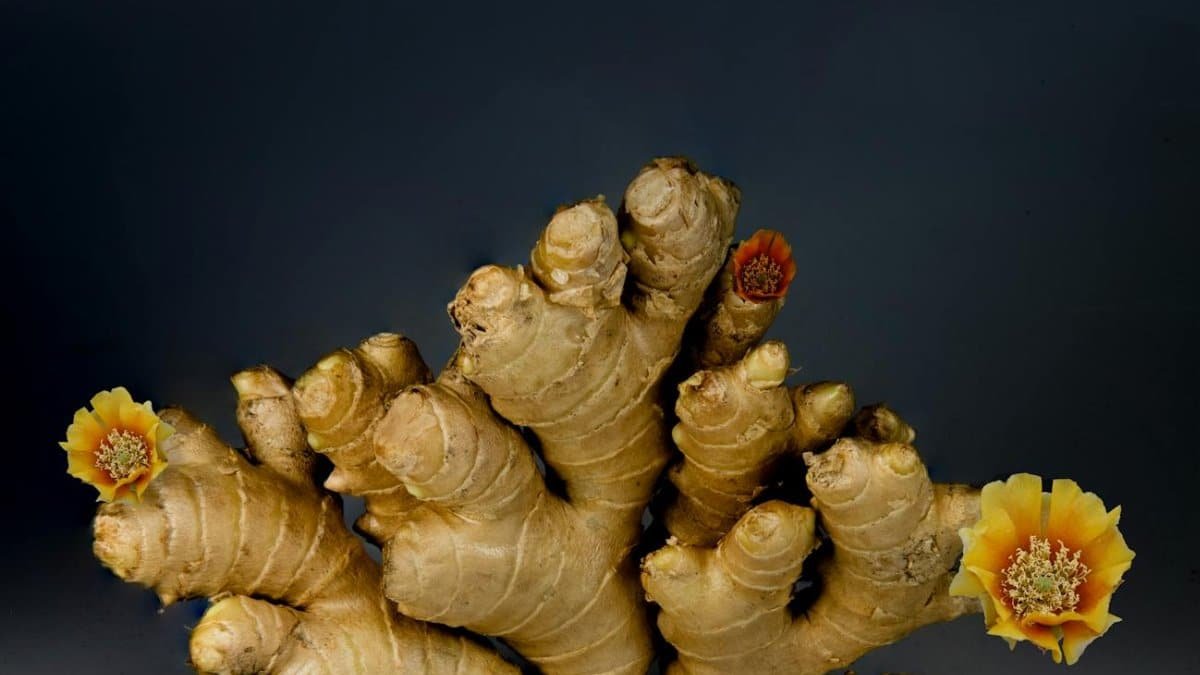
Ancient Chinese medicine used licorice root to soothe throats. Research shows its anti-inflammatory and antiviral effects can ease irritation. It’s now in lozenges and teas, a direct nod to traditional healing.
12. St. John’s Wort for Mood

Medieval Europeans used St. John’s Wort for melancholy. Modern trials suggest it helps mild depression by boosting serotonin levels. While not a substitute for professional care, it’s a folklore remedy with scientific intrigue for mental health support.
